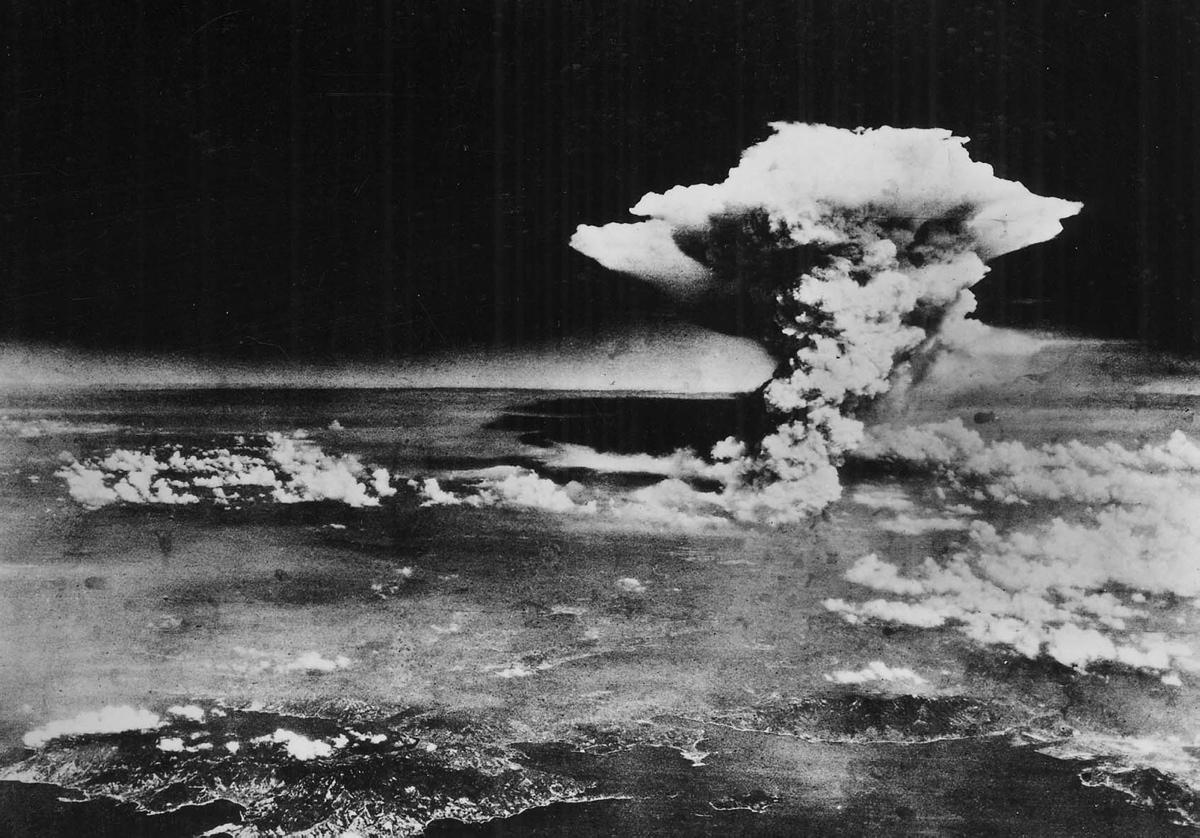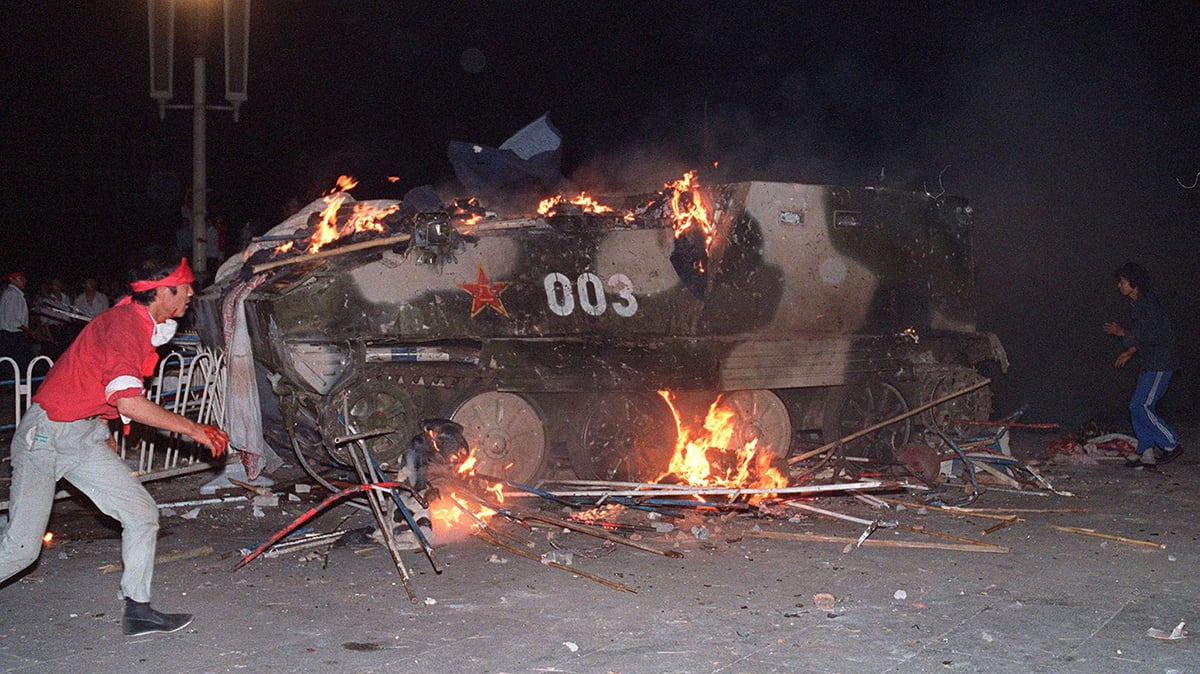On April 12, the Sri Lankan military declared a two-day temporary ceasefire in its military campaign against the Tamil population.
|
The Tamil Tigers are fighting for liberation from Sri Lankan rule. The Sri Lankan government is dominated by the Sinhalese majority. The government’s stated goal in the offensive is to eliminate the Tamil Tigers.
The “No Fire Zone” has been subjected to heavy shelling. Brad Abrams, Human Rights Watch’s Asia representative, said, “Sri Lanka’s so-called ‘no-fire zone’ is now one of the most dangerous places in the world.” Human Rights Watch estimated that 2,700 civilians have been killed so far this year. A doctor in the region recently reported that 120 civilians had been killed and 700 wounded in a three-day period.
A medical worker working from a makeshift temporary surgical center was quoted by TamilNet and the New York Times, “Death in most brutal form has become common within the Safety Zone. The area littered with mangled bodies, torn limbs, and blood soaked soil appears more horrific than what one finds inside a butchers shop.”
Protests have erupted around the world in response to the carnage. In London, a huge crowd, estimated at 100,000 to 200,000 people marched to demand an immediate ceasefire and recognition of Tamil Eelam. According to TamilNet, the demonstration drew nearly two-thirds of the Tamils living in Britain. Other militant protests have taken place in Australia, Canada and Europe.
The response in Britain is particularly significant, because the decades-long oppression of Tamils in Sri Lanka has roots in classic British colonial divide-and-conquer tactics used during the British rule of the island. The population of Sri Lanka is approximately 74 percent Sinhalese and 18 percent Tamil, and both groups had lived independently, with separate cultures, in different parts of the island.
When Britain took control of the island, it forced the two groups together under a unified system of colonial rule and pitted them against each other. When Sri Lanka gained independence in 1948, the minority Tamils faced severe oppression, which ultimately gave birth to the Tamil Tigers and the ongoing struggle for national liberation.





